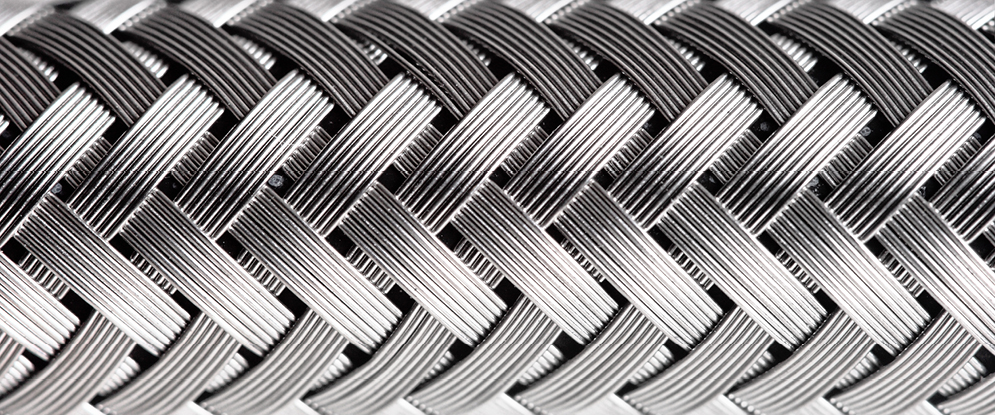First introduced in the 1970s, optical fiber-based systems have offered greater information carrying capacity; faster data transfer rates over longer transmission distances; improved voice, data, and video transmission capabilities; immunity to electrical interference; and proven long-term reliability when compared to traditional copper-only systems.
Since the late 1980s, they have also been used in an increasing number of sensor applications that monitor and measure large amounts of data and parameters such as temperature, pressure, sound, vibration, and strain along the entire length of fiber optic cables.
These optical fiber sensing solutions are designed to give operators prescriptive and predictive analytics in real-time that can help them make well-informed decisions, proactively manage systems, and detect and mitigate potential threats in real-time. In some application the cable may be designed as mainly for telecom applications providing an additional sensing capabilities In other cases the cable may be designed exclusively for sensing applications
Where are sensing technology and solutions used?
Sensing technology and solutions are used in a wide range of industries and applications, including:
- In-well and down-well monitoring in the Oil & Gas industry
- Onshore oil and gas pipeline leakage detection and prevention
- Water pipeline leakage detection and prevention
- Fluid detection for environments where moisture can cause damage
- Long-range and critical infrastructures
- Subsea systems
- Border and perimeter security
- Asset protection applications (utilities, transportation, banking facilities, government facilities, and national archives)
Unique factors to consider when designing fiber optic cables for sensing applications
Some unique factors should be considered when designing and selecting fiber optic cables for sensing applications. For example:
•In telecommunications applications that do not integrate sensing technology, the amount of signal attenuation and degree of signal distortion is usually only critical at the end of the cable run.. This is not the case in sensor applications, where the stability of the midstream optical signal across the full length of the cable is a significant factor in supporting effective system performance.
•The installation and operating conditions in sensing environments may be extreme. This means that optical fibers used in these applications may be exposed to more extreme temperatures, higher pressures, and harsh chemicals. These factors need to be addressed when designing the cable structures in these applications.

Trusted supplier of fiber optic cables for wide range of sensing applications
Teldor is a trusted supplier of fiber optic cables for a wide range of sensing applications that require the monitoring of temperature, strain, acoustics, and pressure in civil, industrial, and military sectors.
Meeting security & defense needs
Our close and productive cooperation with major security and defense organizations and companies in Israel and around the world has allowed us to develop numerous types of cables that meet the requirements of a vast range of perimeter security sensing systems.
Ongoing R&D
We are actively involved with several companies that are in the process of developing and producing intelligent-learning detection equipment & systems, as well as in research with leading universities.
Operating successfully in harsh outdoor environments
These cables have been proven to operate effectively in desert conditions, swamps, high UV radiation, humid and salty environments, snow and high winds, ranging from the tropical climates of South America to the Siberian Arctic regions.
Flexible design options
To ensure high performance in different sensing environments, and to meet varied mechanical and environmental conditions, we offer a choice of different material combinations and fiber properties.
Deployed in varied, challenging conditions
Our compact and robust cables can be deployed in underwater, direct-buried and aerial installations, as well as in any industrial application requiring crush resistance, quick thermal response, and uninterrupted performance in extreme temperatures.
Stringent testing & QA
To ensure consistent product quality, long-term performance and safety, our cables undergo rigorous, in-house testing, as well as in internationally-approved laboratories. We also comply with a wide range of international standards for different industries, and are accredited by external classification societies including DNV-GL, ABS, and the Lloyd’s Register of Shipping.
















